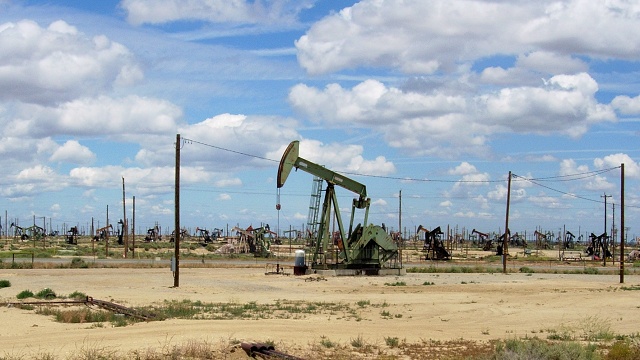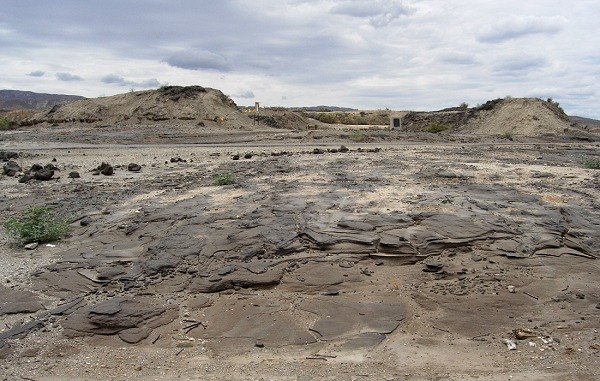
"Fracking," the ugly nickname for a common oilfield practice, is a rising concern in many places. What about California? Appropriately for a high-tech state, all kinds of advances in underground techniques have been used here. How safe are they? Hard to say.
Working with underground spaces means entering a dynamic environment. California oilfield operators learned that very early in ways that would horrify us today. A century ago, drillers would sometimes tap a highly overpressured oil pool and cause a gusher. The worst of these was the Lakeview gusher, a blowout that began in the spring of 1910 between Taft and Maricopa and lasted more than a year. (The scene today is marked by a plaque.) It ruined the California oil industry for a while—not because of environmental degradation or public revulsion or a government crackdown, but because the flood of oil made the price of crude collapse. Let me put it this way: the problems we have today from oilwell technologies aren't like they used to be.

Fracking (hydraulic fracturing) is a way to open up deep rocks by pumping liquids down a borehole at high pressure. The idea is to make a lot of little cracks in tight rocks so the trapped oil can flow out. In the old days, well operators in the Los Angeles basin would goose a fading well by pumping down the crude oil already in the borehole. Today fracking involves water mixed with a little sand, which washes into the new cracks and jams them open. It's widely performed in California to keep old oilfields producing.
You have to pump the fracking water back out before you can extract the oil. Most of the time you can pump it down somewhere else to backfill the space that used to hold the oil, a technique called water injection. The industry learned that about 50 years ago when sinking ground caused shallow earthquakes. The huge Wilmington oil field under Long Beach had six damaging earthquakes between 1947 and 1961 before water injection made them stop.
Today oilfield earthquakes are not a problem in California. Disposal of excess fracking water is our dirty secret. Fracking water gets tainted from its exposure to the oil and natural brines down there, plus it's also mixed with various ingredients to help with the downhole chemistry. Water injection takes care of a lot of dirty fracking water, but the rest needs to be dealt with somehow. In the old days it was dumped on the ground or poured into ponds to evaporate, without much care. Today . . . well, nobody has been keeping track of the industry.
